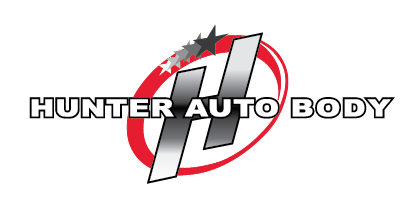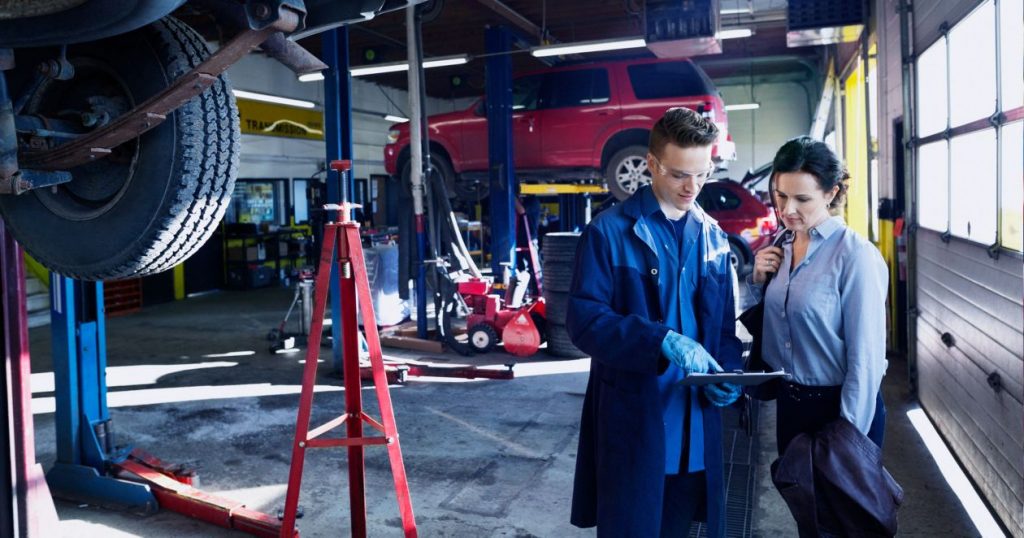Of all the “smart” devices that you own, your car is the smartest by far. Compared to your smartphone, your vehicle is Albert Einstein. Not only does your car detect that it has been in a collision, but it also is smart enough to alert us “where it hurts” after the accident, and it can tell us even if we can’t visually see the damage.
This is called pre-repair scanning. The problem for you as car owner in need of repair is that you have no way of knowing if a body shop scanned your car or not. This is a crucial distinction and safety issue and it is the only way of accurately knowing what is wrong with your vehicle.
Many St. Louis auto repair shops will take significant short cuts in your repair that you will never be able to see. As long as your car looks clean, is freshly painted, washed and still drives somewhat like it did before, most customers will take back their car with no idea what was done to it, or if the repair was safe and proper. Unless a system is no longer functioning, you have no idea if it is working correctly.
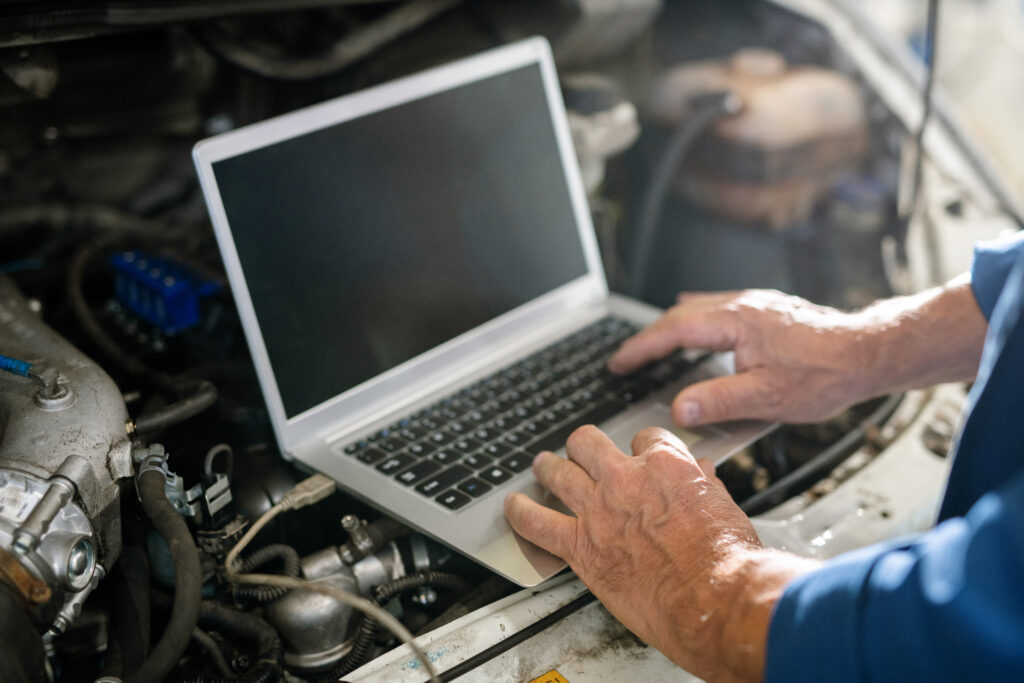
This is important to note because it means the difference between a safe repair and an unsafe one. It’s also important to note that not all body shops in St. Louis perform pre- and post-repair scans because a lot of Insurance companies don’t want to pay for them.
Even an older car like the 1996 Nissan needs a pre and post-repair inspection. Nissan even released a position statement about it:
“A pre-repair system scan is recommended to identify items in advance that are malfunctioning on a vehicle,” Nissan wrote. “This helps the repair facility fully understand the scope of the repair before starting as well as documenting elements related to the overall loss.”
What does a Pre-repair scan entail?
Each car has a scan port called an OBDII port. Any time you have ever had an emissions test or had any service work done on your vehicle, the mechanic hooked up a scanned to the OBDII port. This sends information to the scanner and tells what codes are being “thrown.”
Every time you start your car, the computer runs a diagnostic test. If one of the many systems fails, it stores a code for each failure. Sometimes the codes show up as an alert light on your dashboard such as a check engine light, and sometimes it will show nothing at all like a seat belt issue. The only way to know for sure is to run a scan.
When the time comes to calibrate and post-repair scan the vehicle, we plug into that same OBDII port. On the other end of the computer is a dealer or manufacturer-trained technician (most likely in another state) who is deciphering those codes, clearing the ones that can be reset, and calibrating the ones that can be recalibrated remotely. (Some recalibrations occur while driving or require additional equipment to perform).
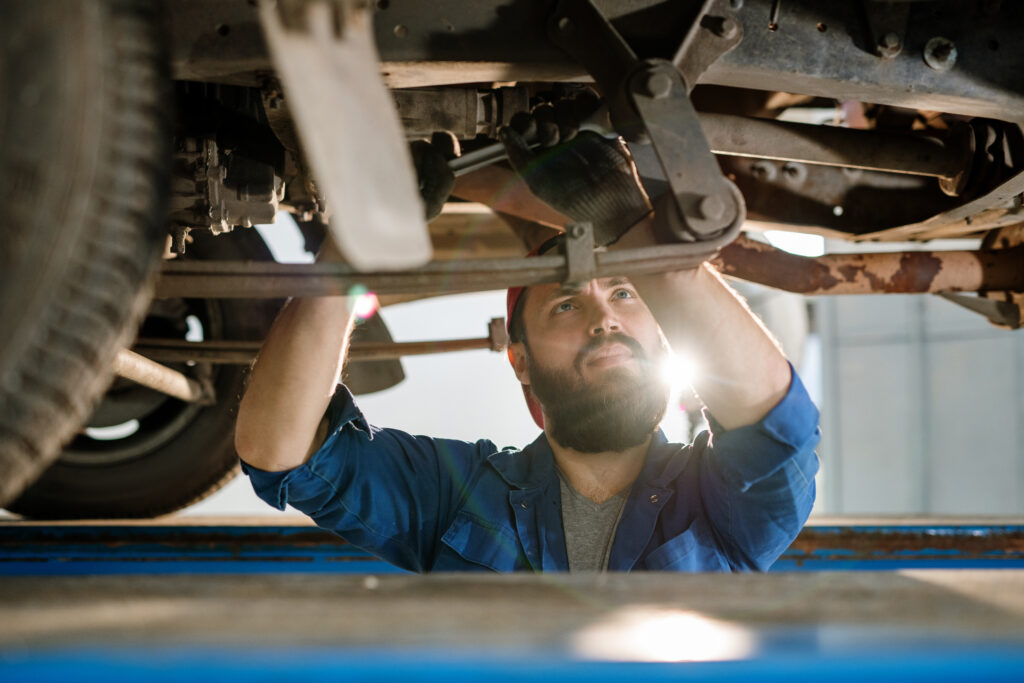
Serious male technical engineer of car repair service looking at one of details while standing under machine
Why we ask you so many questions when getting an estimate.
You can tell a good auto body shop from a bad one based on the questions they ask you. Getting a detailed but correct repair estimate is a lot like being a detective. The more clues we collect from asking the right questions, the better able we will be at finding every all the damage without missing anything. This is especially true with modern cars since they include more technical systems and safety technology. You may find that damages can travel to areas of the car that were not even on the same side of the car that was hit.
Because so many of these issues can be undetectable without scanning, its becoming increasingly more common practice for manufacturers to require more than just a visual inspection. Some manufacturers are calling for a measurement of critical components like a steering columnsfollowing a crash, even if the crash didn’t “hit” those parts. An example of this would be having to remove measure and inspect a steering column even after some minor parking lot damage to the side of the car. Seatbelts are another critical component that should be inspected.
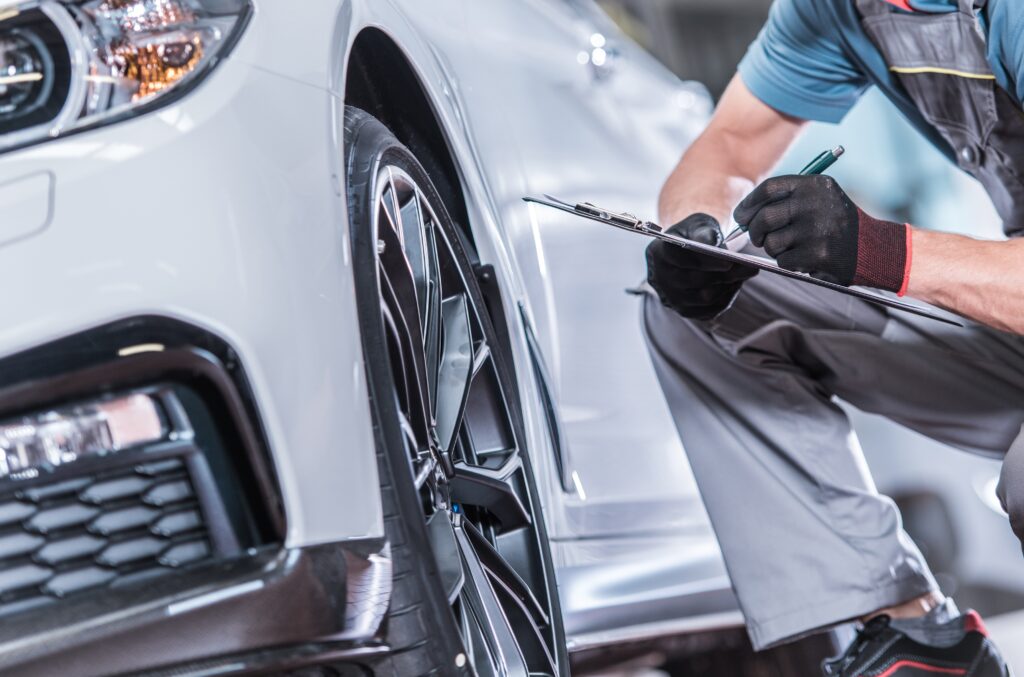
When you bring your car to Hunter Auto Body we will ask you all the necessary questions like how fast you were going, was anybody else in the car, where were they seated, what are their ages, etc. This helps us to look for other areas of the car that may have damage we can’t see.
But Pre-scanning can help us find hidden damages. Take, for example, this story:
“I was called out to reprogram the airbag system on a Nissan Sentra,” Michael Christopherson wrote of a 2015 Nissan Sentra Advance. “Since I rarely get called out to program Nissan airbags, I was puzzled”. When he arrived, he scanned the Nissan. It revealed two codes that referred to a seat belt pre-tensioner problem. “Could be a loose connection or a broken wire. When I looked over at the passenger seat belt, It looked really stiff. I reached over and grabbed it. You could have played a tune on it because it was so tight. The collision was on the left side. There was no passenger in the vehicle at the time of the collision. I suppose the techs did not think to check out the seat belt. A pre-scan would have alerted the body technicians working on the Nissan that in addition to the driver side parts, the passenger pre-tensioner had deployed.”
As you can see, damages can hide in plain sight unless a pre-repair inspection is performed.
If you are comparing several body shops or even considering us here at Hunter Auto Body, we want you to know that it is our policy to always to include a pre and post-repair scan of your vehicle. We always run both scans because it is crucial for identifying items in advance that are malfunctioning on your vehicle. This helps us to fully understand the scope of what your car needs before starting the repair, and it also helps with documenting any circumstances related to the overall loss so you have an accurate estimate.
If you’d like to schedule an appointment or to get an online quote, click any of the buttons below! Or, feel free to give us a call at 314-353-3122. We look forward to hearing from you!
